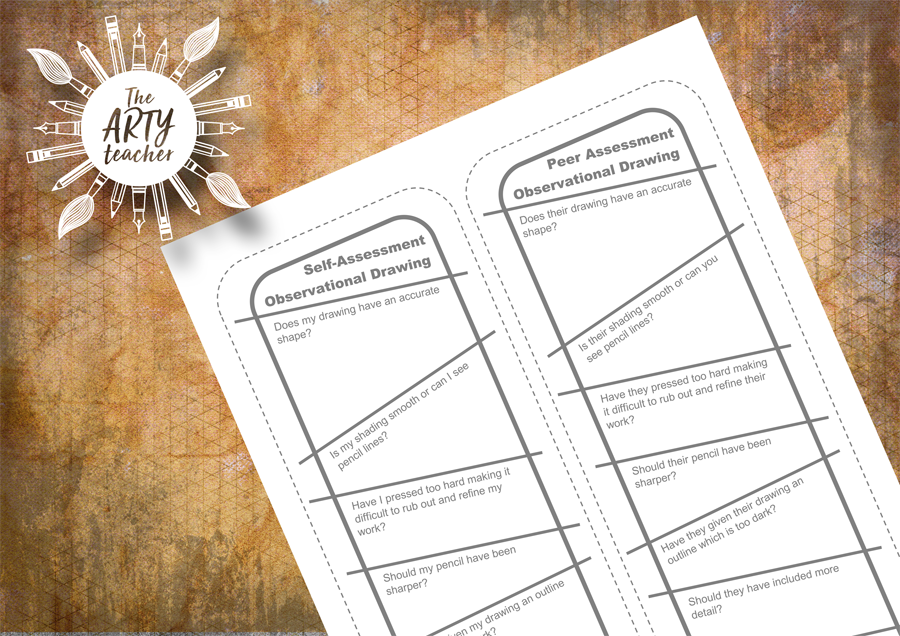
How to Become an Automotive Designer
What is an Automotive Designer?
An automotive designer is a creative professional who designs how vehicles look and work. They focus on cars, motorcycles, and other transportation. Considering factors like safety and aesthetics, they work with a team to bring their designs to life and contribute to how vehicles perform and look on the road.
What Skills does an Automotive Designer need?
To become an automotive designer, you need a love for cars, drawing skills, and a creative mind to come up with cool and futuristic designs for cars that people will want to drive.
What Qualification Does an Automotive Designer Need?
A bachelor’s or master’s degree in automotive design, industrial design, or a related field is often essential. This provides a foundation in design principles and engineering concepts. Proficiency in computer-aided design (CAD) software is crucial for translating concepts into detailed plans. Strong artistic and creative abilities are important for crafting visually appealing and innovative designs. Practical experience gained through internships or entry-level positions in the automotive industry, helps designers understand manufacturing processes and collaborate effectively with engineering teams.
Types of Automotive Designer
Within the field of automotive design, there are various specialisations, each focusing on different aspects of vehicle design and development. Some common types of automotive designers include:
- Exterior Automotive Designer: Specialising in the exterior appearance of vehicles, these designers focus on shaping the overall form, contours, and visual aesthetics of cars and other vehicles.
- Interior Automotive Designer: Interior designers focus on creating functional, comfortable, and aesthetically pleasing vehicle interiors. They consider factors such as ergonomics, materials, and user experience.
- Colour and Materials Designer: These designers specialise in selecting and coordinating the colours, fabrics, and materials used in both the interior and exterior of vehicles. They ensure a cohesive and visually appealing design.
- Concept Car Designer: Working on futuristic and conceptual designs, these designers push the boundaries of innovation, exploring new ideas, technologies, and aesthetics that may influence future vehicle designs.
- User Experience (UX) Designer: UX designers focus on the overall user experience within the vehicle, considering factors like interface design, connectivity, and in-car technology to enhance the driver and passenger experience.
- CAD Modeler: Computer-aided design (CAD) modellers use specialised software to create detailed 3D models of vehicles based on the designers’ concepts, facilitating the transition from design to manufacturing.
- Vehicle Dynamics Engineer While not traditional designers, engineers specialising in vehicle dynamics work on optimizing the performance, handling, and safety of vehicles, collaborating closely with designers to implement functional design elements.
- Safety and Crashworthiness Engineer: These professionals focus on incorporating safety features and ensuring vehicles meet safety standards. They work with designers to integrate safety into the overall vehicle design.
Each type of automotive designer contributes to a specific aspect of the overall design and development process. They all have to work with each other, so great team-work skills are needed.
What Next?
If you are a student aspiring for an automotive design career, you can take several steps to start building a strong CV even while in school:
- Education: Focus on relevant subjects in art, design, engineering, or automotive design. Consider pursuing a degree in automotive design, industrial design, or a related field to gain foundational knowledge.
- Develop Design Skills: Practice sketching and using design software like CAD to hone your artistic and technical abilities. Create a portfolio showcasing your design projects, demonstrating your creativity and attention to detail.
- Participate in Design Competitions: Enter automotive design competitions to showcase your skills and gain exposure. Many organizations and companies host design challenges that provide valuable experience and potential recognition.
- Internships and Work Experience: Seek internships or part-time positions in design studios, automotive companies, or related fields. Practical experience in the industry is highly valued and provides insight into the professional environment.
- Networking: Attend industry events, conferences, and networking sessions to connect with professionals in automotive design. Building a network can open doors to opportunities and mentorship.
- Join Design Clubs or Organizations: Participate in school design clubs or organisations related to automotive design.
- Stay Informed: Keep up with industry trends, new technologies, and emerging design concepts. Reading industry publications, following automotive blogs, and staying informed about the latest developments will demonstrate your passion and commitment.
- Online Presence: When you are ready, create an online portfolio showcasing your design work and projects. Consider sharing your designs on platforms like Behance or Instagram to increase visibility and receive feedback.
- Soft Skills: Develop communication and teamwork skills, as collaboration is crucial in the design industry. Showcase instances where you’ve successfully worked in a team or communicated your design ideas effectively.
- Seek Guidance: Reach out to professionals in the field for advice and guidance. Building mentorship relationships can provide valuable insights and guidance for your career path.
By proactively engaging in these activities, a student can start building a CV that reflects their passion, skills, and commitment to pursuing a career in automotive design.
Learn more about Art Careers.
Popular Art Lessons
If you have enjoyed this article about ‘How to Become an Automotive Designer?’, why not register to receive my newsletter and hear about future articles? You’ll be able to download 3 of my free art lessons every month too.













